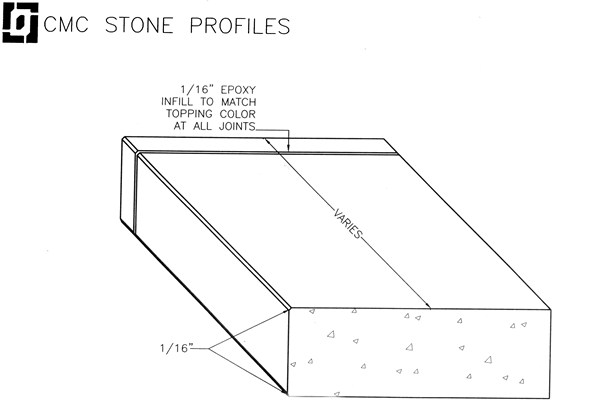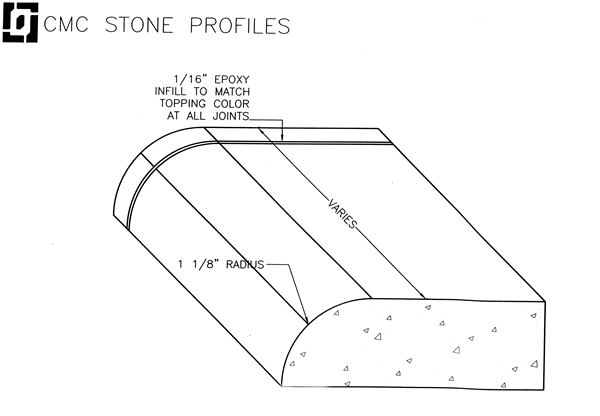Soapstone description
Soapstone (also known as steatite or soaprock) is a metamorphic rock, a talc-schist. It is largely composed of the mineral talc and is rich in magnesium. It is produced by dynamothermal metamorphism and metasomatism, which occurs at the areas where tectonic plates are subducted, changing rocks by heat and pressure, with influx of fluids, but without melting. It has been a medium for carving for thousands of years.
The rock steatite (also called soapstone) is the material we use to fabricate countertops. Steatite, because of its additives, is harder than talc, and hence suitable for the applications cited above. Soapstone (steatite) in its initial state only comes in shades of gray.
This naturally quarried stone is softer than most other naturally occuring minerals. Although soft, soapstone is a very dense (non-porous) stone; more so than marble, slate, limestone and even granite. Since soapstone is impenetrable, it will not stain, no liquid will permeate its surface. Other stones, including granite, have a propensity to soil; this is why soapstone (steatite) is widely used in chemistry lab countertops and acid rooms.
If you would like to view Soapstone in a public enviornment, visit Flat Branch Brewery in downtown Columbia and see another great installation by CMC.











